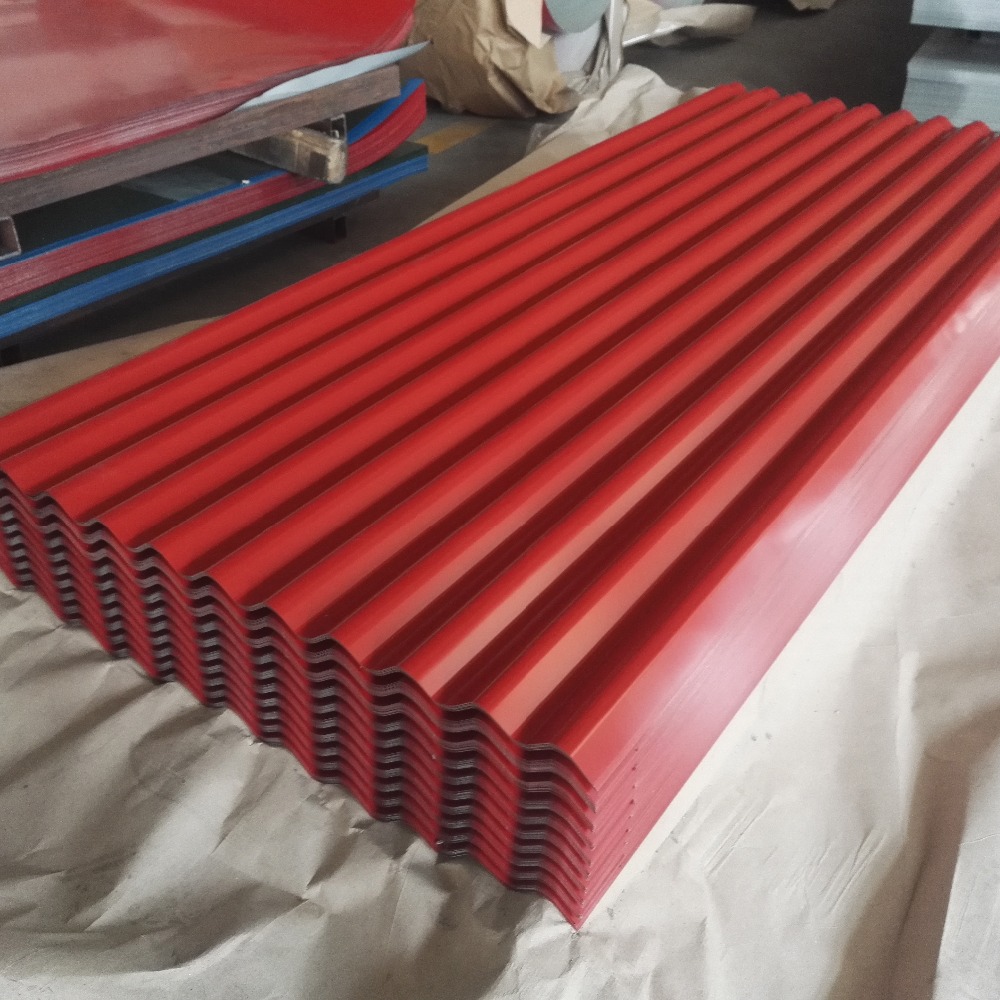

The lightweight nature of corrugated roofing can add to the overall longevity of your roof system.Īs you’re probably aware, metal is inherently non-combustible by nature. Corrugated metal roofs are considerably more resilient than asphalt shingles, for example.īecause corrugated metal is a lighter material than slate or heavy tiles, it adds less stress to your roof’s support infrastructure. Metal roofing, and especially Galvalume steel in particular, is much more durable than some other roofing material options. Here a few specific benefits that come along with choosing a standing seam metal roof from Skywalker Roofing: Standing seam metal roofing has become increasingly popular for residential applications in recent years, and for a good reason. Things to Like About Corrugated Metal Roofing Galvalume comes in an array of attractive colors, as well. Galvalume can last up to twice as long as conventional galvanized steel, while still coming in at a similar price point. Galvalume roofing material is comprised of steel, aluminum, zinc, and silicone in a manner which combines some of the best properties of each.

The Galvalume coating was introduced to the construction industry in the 1970s, and has become one of the most popular materials in the modern roofing market. However, most manufacturers don’t offer warranties on galvanized products. When installed in drier climates, galvanized roofs have been known to last for decades. In terms of metal roofing, galvanization is when a protective zinc coating is applied to a steel substrate through a hot-dip galvanizing process. Galvanized metals have been around for over 300 years, and the galvanizing of materials became widespread in the early 1800s. One key downside to aluminum is that it’s a soft metal which can be easy to ding or bend. It’s more readily available, more lightweight, more malleable and easier to work with, won’t rust, and is very affordable. Aluminum has been shown to be a preferable metal over tin for many applications. The days of tin cans and tin roofs are now a thing of the past. Here’s some more information about three popular materials for corrugated metal roofing: Most types of light-gauge metal which is commercially produced in large coils can be corrugated into roofing panels with the help of a roll-forming machine. Just note that both 1/2” and 1/4” are only recommended for small roofs and accent features.Ĭommon Material Options for Metal Roofing And if you want an even lower profile, you can go with an even smaller 1/4” corrugation which creates even more subtle repeating lines. Popular due to its more subtle corrugation profile than larger paneling alternatives, 1/2” corrugated is a favorite for accent roofs and low-slope porch roofs. 29-gauge is a standard thickness for this type of corrugated metal, but we can also provide you with a sturdier 26-gauge panel if you prefer. This is the most popular style in America, and we’ve worked with it extensively at Skywalker. When you think of corrugated panels for metal roofing, chances are good that you’re thinking about a 3/4” design.
#Corrugated roofing professional#
This is a truly unique corrugated metal roofing sheet option that should be able to weather most any storm, as long as it’s installed correctly by a professional like Skywalker Roofing. These heavy-duty 22-gauge panels are particularly strong and rugged, and work well for commercial or industrial environments. The largest commercially-available corrugated panels for roofing are the 7/8” structural corrugated panels. Here are some popular corrugated roofing panel options: In fact, you can have your own custom corrugated panel solution that’s tailored to be the best fit for your particular roof’s design, slope, and appearance. The corrugation or metal folding process takes a light gauge metal and turns it into an exterior covering that’s both strong and durable.Īs is also true for standing seam metal panels, corrugated roofing doesn’t just come in one style or profile. The coils of metal are placed into a roll-forming machine, which then shapes the metal panels into a preset corrugated pattern of wavy grooves and ridges. Corrugated metal is typically composed of either galvanized steel, galvalume steel, or aluminum, depending upon the intended usage. Just as corrugated cardboard is used to create sturdy boxes and packing materials, corrugated metal offers some impressive structural strength for lots of roofs and exterior siding applications. Corrugated simply describes any durable substance which has been shaped into alternating ridges and grooves. Let’s start by taking a closer look at corrugated metal.


 0 kommentar(er)
0 kommentar(er)
